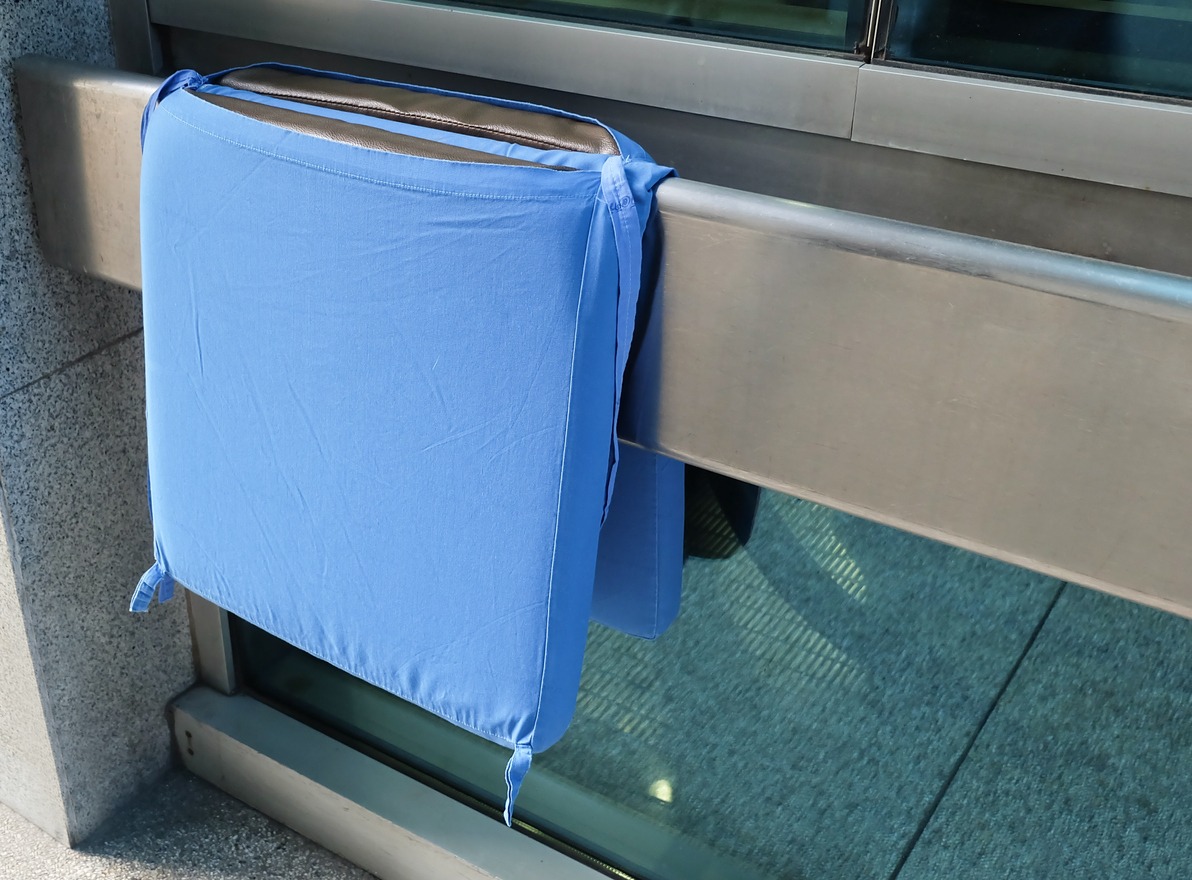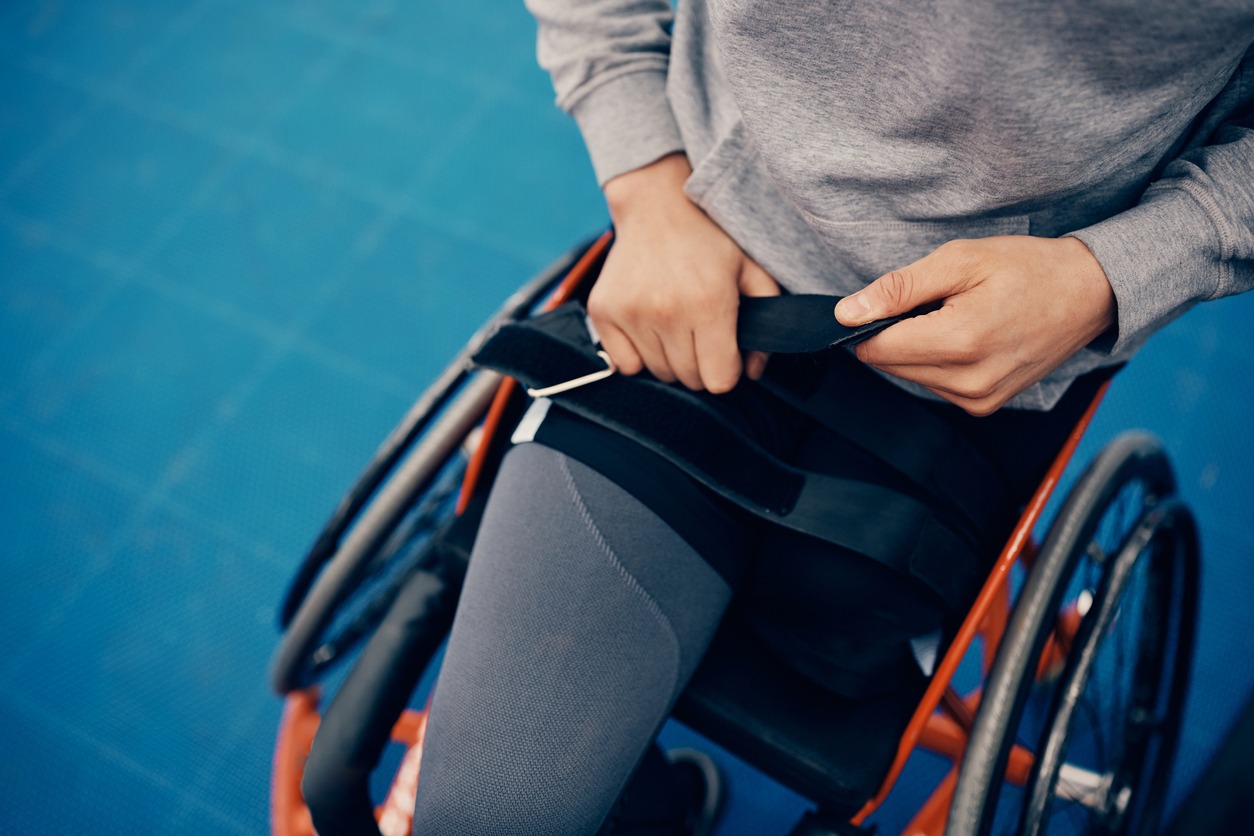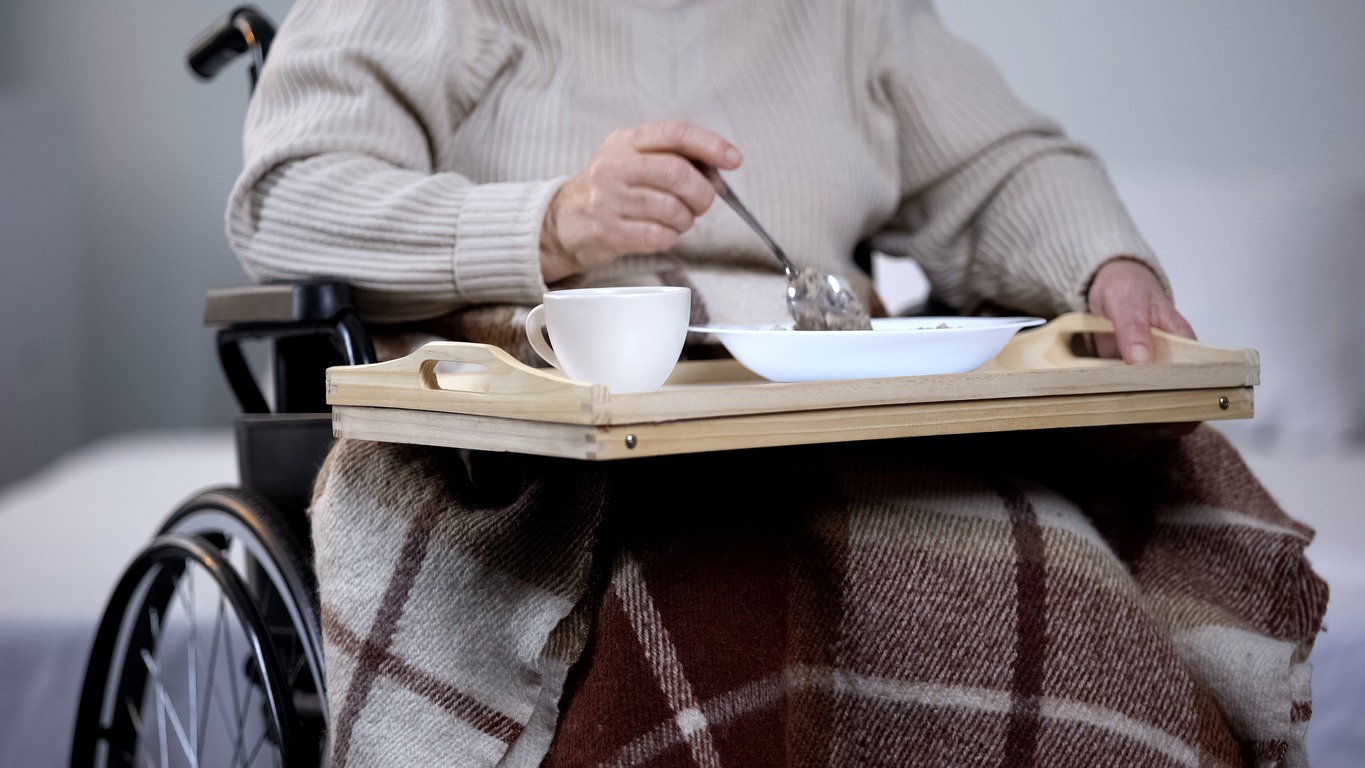Wheelchairs are made to carry individuals who have mobility issues. It has developed from simple wheelbarrows that were used to transport humans and goods to the fully automated wheelchairs that we have today that can be used even by paralyzed individuals to climb stairs. The development and improvement of wheelchairs are not only about the modernization of equipment but also about the journey of growing sensitization toward people who need them.
The wheelchairs available in the market today are not only for carrying an immobile person from one place to another but also for providing individual mobility, along with comfort, dignity, and a better life. Having a wheelchair to travel from point A to point B is one thing. However, it is easy to overlook the little inconveniences that make the ride all the more comfortable. That is why there are many accessories today that are made for the needs of wheelchair users.
Accessories for wheelchairs can impact the way a person lives by adding comfort, style, and efficiency to their everyday lives. There are lots of accessories that you can get for a wheelchair which can make the use of wheelchairs and daily living easier. If you are curious about these, you’re in the right place. In this post, we are giving you a guide to the different wheelchair accessories.
Wheelchair Accessories and Their Uses
If you regularly use a wheelchair, you might be familiar with some accessories. However, there are many other accessories that are not so commonly known despite being very useful and helpful. Below, we have put together a list of some must-have wheelchair accessories that may help upgrade the way you use wheelchairs. These accessories are useful for both power wheelchair and manual wheelchair users.
Seat Cushion
This is probably the most common wheelchair accessory that is used by a lot of people. In fact, a seat cushion is a mandatory accessory that every wheelchair user needs to have. While wheelchairs are built with the patient’s comfort in mind, sometimes the existing cushion that it comes with is not enough. Whether you have a medical condition or injury that requires extra support in the seat, wheelchair cushions are the solution to improve the positioning and overall health of the user.
Obviously, seat cushions can provide comfort to wheelchair users. But in addition to that, it can also provide other benefits, such as enhancing your posture, reducing fatigue, improving sitting balance, and preventing the development of pressure sores. Aside from that, the initial stages of spinal deformities like scoliosis may be prevented with the use of customized seat cushions that are designed by experts.
There are many different pre-built seat cushions for wheelchairs that you can find today. Foam cushions are the most common, but there are also other types, such as gel and air cushions. Choosing the type of seat cushion for wheelchairs mainly depends on your personal preferences.
Aside from seat cushions, there are also other ways to treat and alleviate bed sores on the buttocks. You may check out our article Treatment for Bed Sores on Buttocks – The Complete Guide to learn more about these.
Back Cushion
Like seat cushions, it is also essential to have a back cushion for wheelchairs as they are helpful in ensuring correct posture, balance, and back pain relief for wheelchair users. While they are not as mandatory as seat cushions, they are also important as they can provide comfort in sitting for long periods and maintaining a good body posture.
The use of a back cushion in a wheelchair is great for people with poor body balance in a sitting position. They can give the needed support to the person for sitting. There are also some wheelchair providers that customize back cushions depending on the needs of the patient. They are mostly created to conform to the lumbar curve and redistribute pressure to make the seat more comfortable and less-fatiguing for the wheelchair user.
Belts and Harnesses
Wheelchair users are not bound by any law to fasten a seat belt or wear a harness. However, they may choose to use belts and harnesses for their own safety when riding and using a wheelchair. There are different types of harnesses for wheelchairs that may offer extra support for enhanced comfort and safety. Below are some of them:
Shoulder Harness: This offers enough support to the user without sacrificing arm and torso mobility when the upper body is lagging. A shoulder harness may also bolster posture to make sure that the wheelchair user won’t slouch or slump while seated.
Chest Harness: There are various types of chest harnesses available for wheelchair users. This accessory can help the patient to move fluidly while keeping a firm hold on the chest to prevent injury.
Body Harness: This wheelchair accessory comes in different designs and materials depending on the part of the body that needs more support. It helps the user maintain a good upright position, and it removes pressure from sensitive muscles while releasing tension.
In addition to harnesses, using a belt is also a good idea. A pelvic belt is a great way for wheelchair users to boost their posture. It can help them straighten their spine while stabilizing the pelvic region. This way, your upper body can move as desired without feeling extra straps or pads hugging your muscles.
You may also read our Guide to Choosing Wheelchair Seat Belts for more options and recommendations.
Table Tray
A table tray for wheelchairs is a lightweight tabletop that can be attached to the armrest of a wheelchair. It can be used as a study or work table where you can place your books or laptop as you read or work. Having a wheelchair table tray can be useful if you are given an inaccessible seat at school or work. This way, you won’t need any seat or desk as your wheelchair is self-sufficient for the purpose.
In addition to that, there are also table trays for wheelchairs that come with a glass or bottle holder at one corner. This is best to be used for eating meals. You can also move the wheelchair even when the table tray is attached, making it easy for you to move around, even with your laptop, books, or food on the tray.
You may also be interested in using an overbed table, which is also suitable for people who spend a lot of time in their beds or wheelchairs. You can learn more about them in our Guide to Buying Overbed Tables.
Wheelchair Organizers
These are among the most basic wheelchair accessories that are useful to have. Wheelchair organizers can be attached to the side or back of the chair to hold essential items, such as cell phones, keys, wallets, emergency kits, flashlights, and more. There are various organizers and wheelchair bags that you can find in the market, and they come in different sizes, designs, and materials.
Oxygen Tank Holders
For patients who always need to carry an oxygen tank with them all the time, an oxygen tank holder can be beneficial for them. Oxygen tanks are not the most portable pieces of equipment, and it can be dangerous for you or your caregiver to carry them around manually. Therefore, it is a good idea to get an oxygen tank holder for your wheelchair.
An oxygen tank holder is a suitable accessory for both power and manual wheelchairs. It is important to look for a tank holder that is made from water-resistant fabric and with straps to make it easier for the tank to be attached to the back of your wheelchair. There are even some oxygen tank holders that come with extra pockets where you can store other items, as well as reflective tape to make you more visible in the dark.
Cup Holders
Cup holders are simple accessories but can be very useful for wheelchair users. Imagine being in the middle of a busy mall and needing to take your medicine, but there is no available place to hold your cup of water. Therefore, installing a cup holder on your wheelchair can be helpful. There are also cup holders that are foldable, providing you with the option to flip it up and out of the way for extra space when not in use.
Leg Huggers
Leg huggers are popular accessories for wheelchair footplates. It is a sturdy pad that attaches to the leg bars of the wheelchair to create a gentle barrier that prevents the patient’s feet from slipping through and becoming entangled. This wheelchair accessory is best for individuals who have lost control of their lower extremities and need support to keep their limbs safely in place.
Wheelchair Ramps
There are portable wheelchair ramps that make it easy for wheelchair users to go through curbs and past stairs easier and safer. It is better to look for ramps that are made using aluminum alloy, as they can make the ramp lightweight and easy to carry around but also strong enough to hold your body weight and your wheelchair. By using a wheelchair ramp, you no longer have to go the longer route when getting into buildings. There are also lots of ramps that come with an ergonomic carrying handle to transport them easily anywhere you go. If you need more information, you may also read our Portable Ramps Buying Guide for more tips and recommendations.
Wheelchair Gloves
This is a great accessory for those who are using a manual wheelchair and need to propel themselves often and to longer distances. The exertion that wheelchair users put into propelling their wheelchairs can be tough on their palms and may cause calluses and blisters. It may also result in numbness of the hands. But with the use of wheelchair gloves, your hands will have protection without hindering free movement. That is why experts suggest manual wheelchair users wear gloves in order to keep their hands protected.
Transfer Board
Not all wheelchair users may need this, but those who are unable to transfer themselves from one surface to another, such as from the wheelchair to the bed, usually need assistance with this. Transfer boards are made for them. It is a sturdy board that is used as a bridge between the two surfaces in order for the wheelchair user to transfer to another surface easier. The wheelchair user may still need assistance when using it, but the process of transferring will become easier.
Travel Cases and Covers
When you are fond of traveling, you probably know how rough public transportation and airports can be with our luggage. Wheelchairs are not an exemption from being damaged during transport. Therefore, using a travel case for your lightweight, manual wheelchair may help protect it from bumps and dings, and it may also make the wheelchair easier to transport. There are some travel cases that come with rolling wheels, additional padding, and ergonomic handles to make the experience more convenient.
If you are using a power wheelchair, you can use a breathable waterproof cover to store it safely when traveling. There are a lot of covers that have an elastic edge, allowing a snug fit around the whole wheelchair. Wheelchair covers may help protect the wheelchair from water, dust, and sunlight when being transported or when not in use.
Conclusion
There are certainly a lot of different accessories for wheelchairs that you can buy today. Wheelchairs can already make moving around easier for patients and elderly people, but the use of wheelchair accessories can make the experience even better, more comfortable, and more convenient. With the right additions, you will be able to enjoy ample comfort and convenience no matter where you use your wheelchair. We hope this post helped you learn more about the different wheelchair accessories.
If you are looking for options and recommendations when it comes to wheelchair cushions, you may check out our Guide to Buying Wheelchair Cushions.






